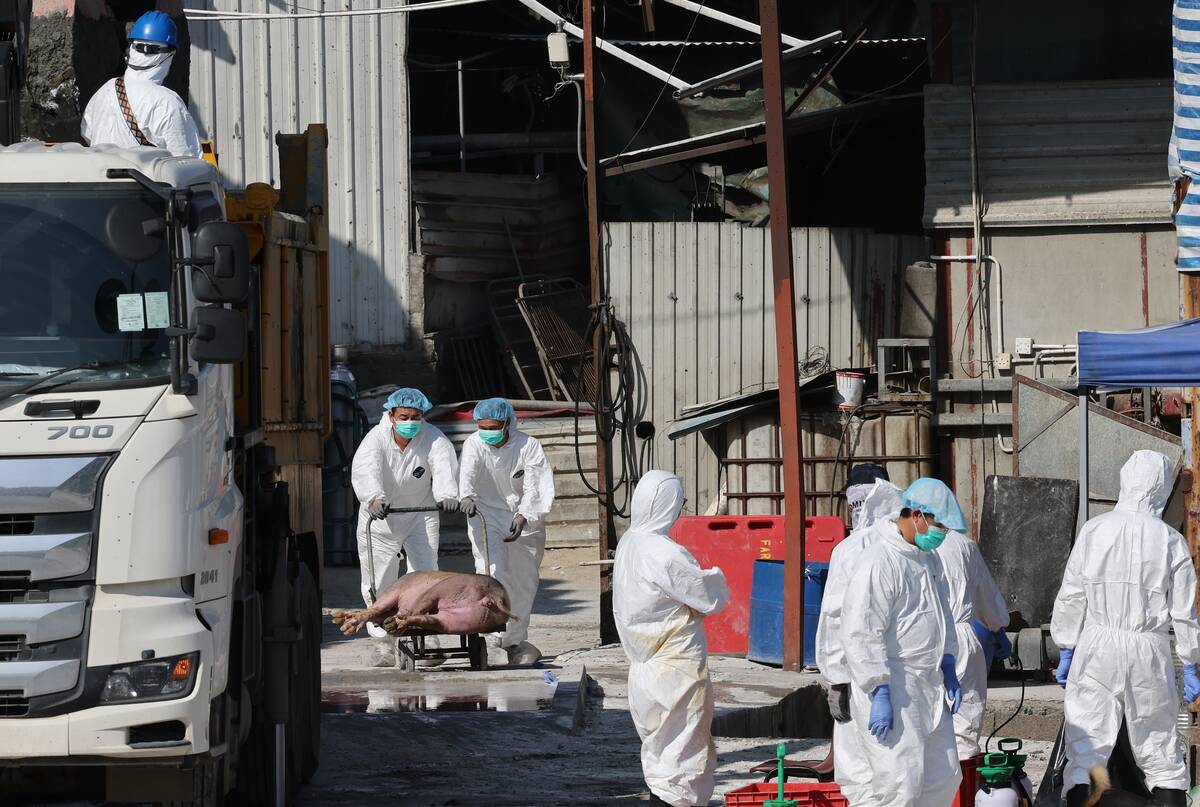TURNER VALLEY, Alta. – On a sunny day this spring, Eric and Marilyn Meyer’s yard was filled with stock trailers from all over western Canada and the northern United States.
The event was the fourth annual production sale of World of Miniatures, a huge menagerie of exotic animals and birds from around the world on a 340-acre farm in the Alberta foothills.
Black and white swans glide by in a nearby dugout and crowned cranes stare back at visitors through high game fences.
Monkeys swing in their cage. Antelope, moose and elk wander through the treed pastures.
Read Also

Mixed results on new African swine fever vaccine
The new African swine fever vaccine still has issues, but also gave researchers insight into how virus strain impacts protection against the deadly pig disease.
Inside, the sale barn is full of miniature horses, donkeys and mules. Ostrich and llama peer over the fences at curious buyers.
The farm is like a zoo with a production sale. Everything from zebras to wallabies, exotic cattle, birds, sheep and miniature horses are auctioned to buyers looking for something a little different.
Financially successful
It was the desire to do something different that encouraged Meyer to get into the exotic animal business. So far it has paid off.
“If you do things that make no sense, you make money,” he said.
Meyer, originally from a farm in Kenya established the World of Miniatures seven years ago, south of Calgary.
The animals are North American-born and there always seems to be an interested buyer, whether it’s for a giraffe or a potbellied pig. Since most animals are miniature, many end up on acreages as walking lawn mowers.
Along with the sales contract is follow-up advice to ensure the animals are cared for properly.
The farm’s main income is from breeding miniature horses. So far their herd is at 180. At this year’s sale a young mare with a foal sold for $12,000.
Donkeys were fetching $2,500 and Dexter cattle were averaging $3,000.
With 20 head, the couple have one of the largest herds of miniature zebu cattle. Last year they sold a zebu heifer for $7,000.
Raising exotic animals can be a labor-intensive way to make a living, Meyer admits, but adds, “When it stops being fun, I’ll try something different.”















